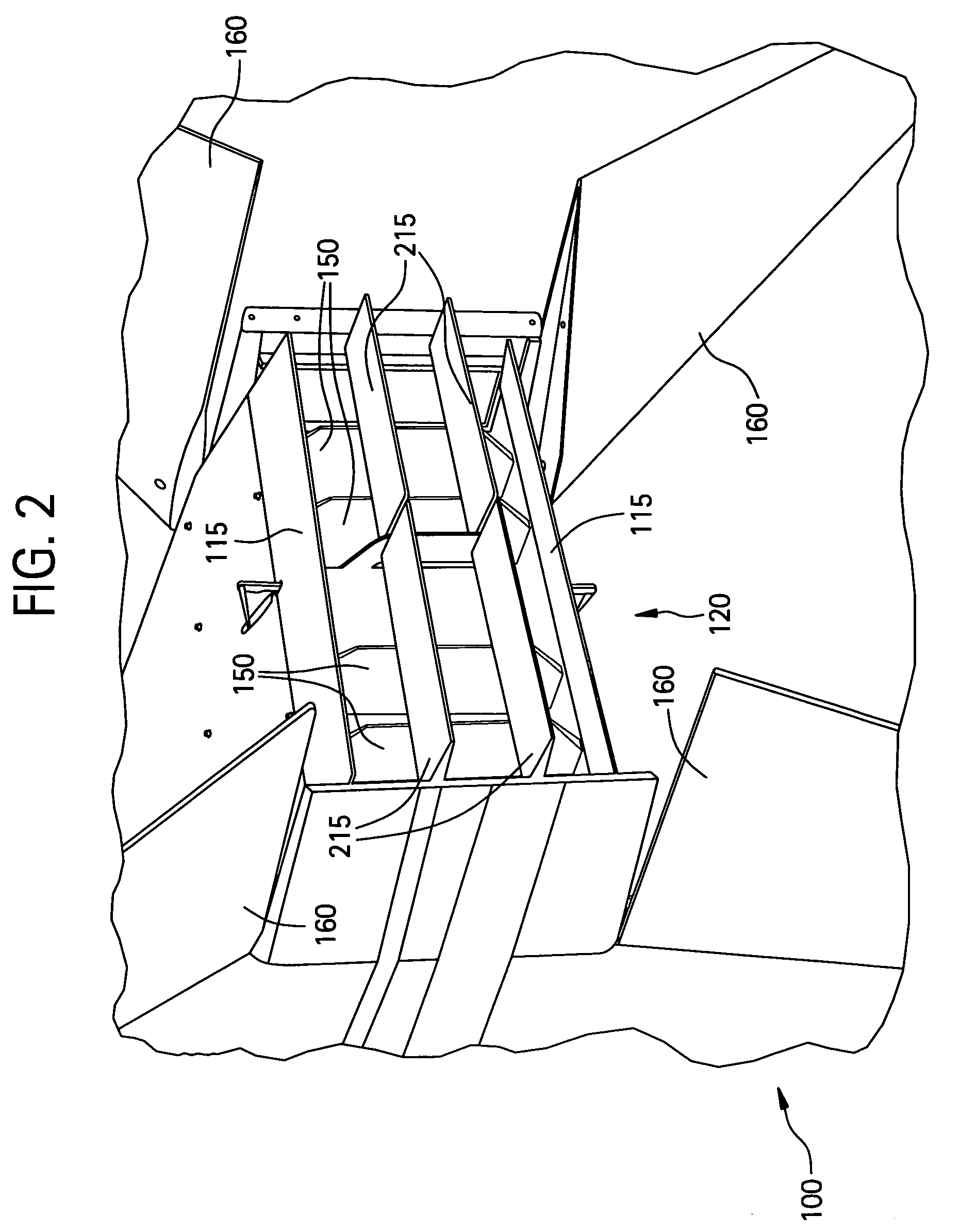System and method for controlling engine RPM of a ducted fan aircraft
a technology of ducted fan and engine rpm, which is applied in the direction of aircraft navigation control, vertical landing/take-off aircraft, transportation and packaging, etc., can solve the problems of limiting the maximum moment that can be produced, high drag, and numerous design problems, and achieve optimal forward-speed-to-tip-speed ratio and optimal forward-speed-to-tip-speed ratio
- Summary
- Abstract
- Description
- Claims
- Application Information
AI Technical Summary
Benefits of technology
Problems solved by technology
Method used
Image
Examples
Embodiment Construction
[0033] Exemplary embodiments of the present invention are directed to an aircraft that includes a ducted fan and an engine for driving the ducted fan, such as, for example, a vertical take-off and landing (VTOL) ducted fan aircraft or the like. According to exemplary embodiments, the ducted fan aircraft includes an exhaust (aft) end that can have, for example, a substantially rectangular or square cross sectional area. A plurality of vanes can be movably mounted to the ducted fan at the exhaust end. Each of the plurality of vanes can also be substantially rectangular or square in shape. Using a substantially rectangular or square exhaust nozzle and vanes, the plurality of vanes can be deflected to change the exit area of the exhaust end of the aircraft. For a ducted fan aircraft, the change in exhaust end exit area can change the air pressure load on the ducted fan. As the load on the ducted fan increases, the ducted fan can spin more slowly. As the ducted fan spins more slowly, the...
PUM
 Login to View More
Login to View More Abstract
Description
Claims
Application Information
 Login to View More
Login to View More - R&D
- Intellectual Property
- Life Sciences
- Materials
- Tech Scout
- Unparalleled Data Quality
- Higher Quality Content
- 60% Fewer Hallucinations
Browse by: Latest US Patents, China's latest patents, Technical Efficacy Thesaurus, Application Domain, Technology Topic, Popular Technical Reports.
© 2025 PatSnap. All rights reserved.Legal|Privacy policy|Modern Slavery Act Transparency Statement|Sitemap|About US| Contact US: help@patsnap.com



